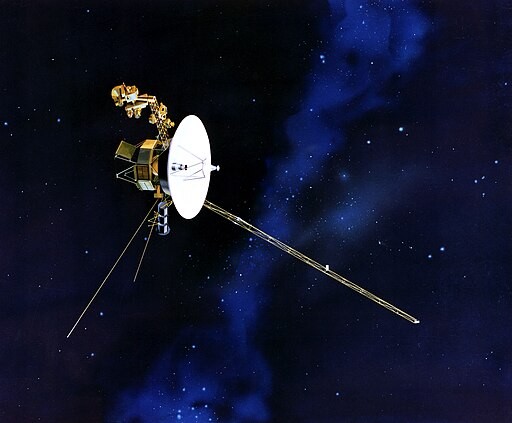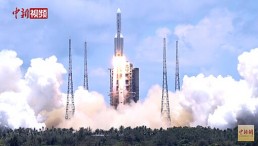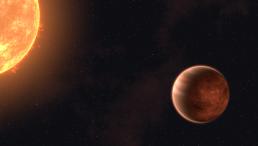After a thorough investigation, NASA's mission team can again check the health and status of the most distant man-made object.

(Photo: Wikimedia Commons/ NASA/JPL)
Reconnected to Earth
After more than five months of spouting gibberish, NASA has finally reconnected with Voyager 1. On April 20, the spacecraft returned readable communications, confirming it was still safely cruising outer space.
Since its launch in 1977, the legendary probe has been sending back data from interstellar space, mostly snapped photos of Jupiter, Saturn, and their moons. In November 2023, however, a glitch caused the spacecraft's data to be unintelligible, making it hard for NASA scientists to monitor its environment and the health of its onboard engineering systems.
In celebration, NASA's official Twitter account for the spacecraft posted a light-hearted Tweet: 'Hi, it's me. - V1'. The account also shared a tweet from the official account for NASA's Jet Propulsion Laboratory showing an image of the delighted scientists clapping with joy at the probe's latest data set. The team plans to work on enabling the spacecraft to begin returning science data.
Upon investigating the November glitch, the Voyager flight team traced the errors to a single chip malfunction in the flight data subsystem (FDS). This component of the spacecraft is the one responsible for sending its data back to Earth. The broken chip holds some computer code needed for transmitting workable data.
According to NASA, the loss of that code made science and engineering data unusable. Since the team could not repair the chip, it has decided to place the affected code elsewhere in the FDS memory.
Scientists and engineers have faced a huge challenge in fixing the craft's problems. The craft is now so far away that a signal must travel for twenty-two and a half hours to cover the vast distance. Still, the team's code experiment worked, and the data began to be readable once more.
After the glitch was discovered in December 2023, NASA stated that finding solutions for the challenges encountered by the probes usually entails consulting original, decades-old documents written by engineers who did not anticipate the issues that are arising today. In the coming weeks, the space agency plans to relocate and adjust the other affected portions of the FDA software. These include the portions that will start returning science data.
Earth's Farthest Spacecraft
Voyager 1 was the first human-made object to leave our Solar System and enter the space between stars. It was lifted off atop a Titan IIIE launch system from Florida's Cape Canaveral on September 5, 1977.
The record-breaking spacecraft is about 15 billion miles (20 billion kilometers) from Earth, making it the most distant human-made object. It is currently moving at a velocity of about 38,000 miles per hour (17.0 kilometers per second) relative to the Sun. The probe is famous for returning one of the most valuable astronomical images of all time, the Pale Blue Dot, which shows the Earth as a speck of dust in the vastness of space.
Voyager 1 and 2 were launched to explore all the giant planets of our Solar System—Jupiter, Saturn, Uranus, and Neptune—as well as their moons, unique ring system, and magnetic fields. Voyager 2 is currently 12.6 billion miles (20 billion kilometers) away and is still functional.
RELATED ARTICLE: How Did NASA Fix Voyager 1 Program Glitch? Engineers Explain Process
Check out more news and information on Voyager 1 in Science Times.













!['Cosmic Glitch' in Einstein's Theory of General Relativity Could Be Explained in This New Scientific Tweak [Study]](https://1721181113.rsc.cdn77.org/data/thumbs/full/53435/258/146/50/40/cosmic-glitch-in-einsteins-theory-of-general-relativity-could-be-explained-in-this-new-scientific-tweak-study.jpeg)
